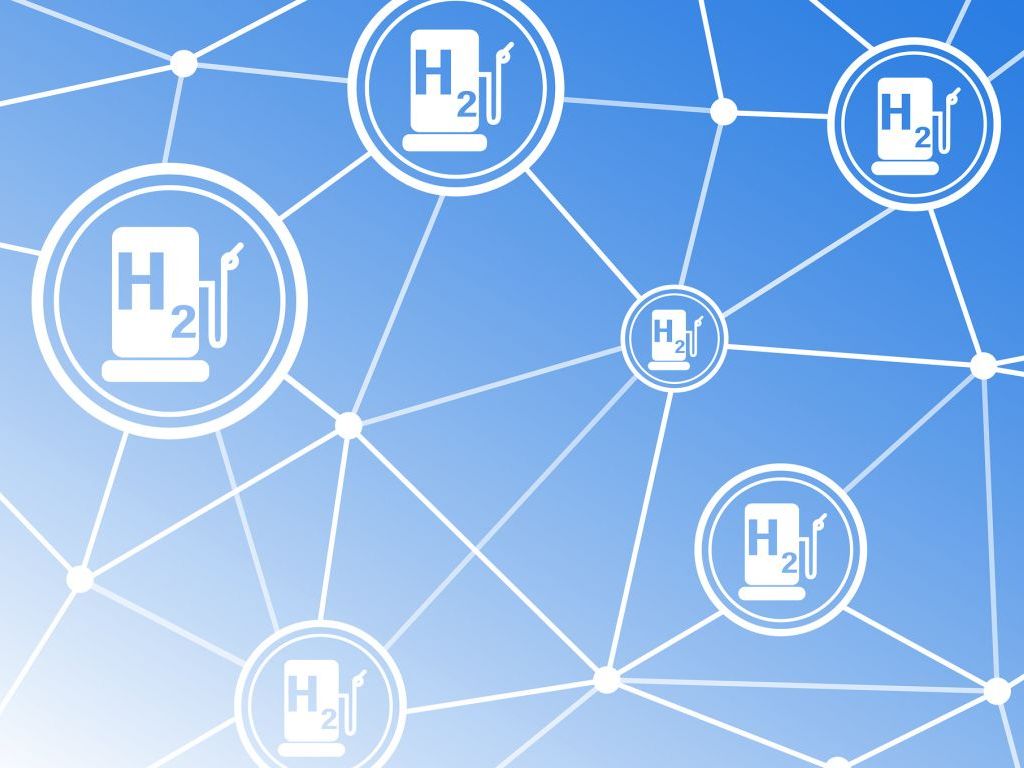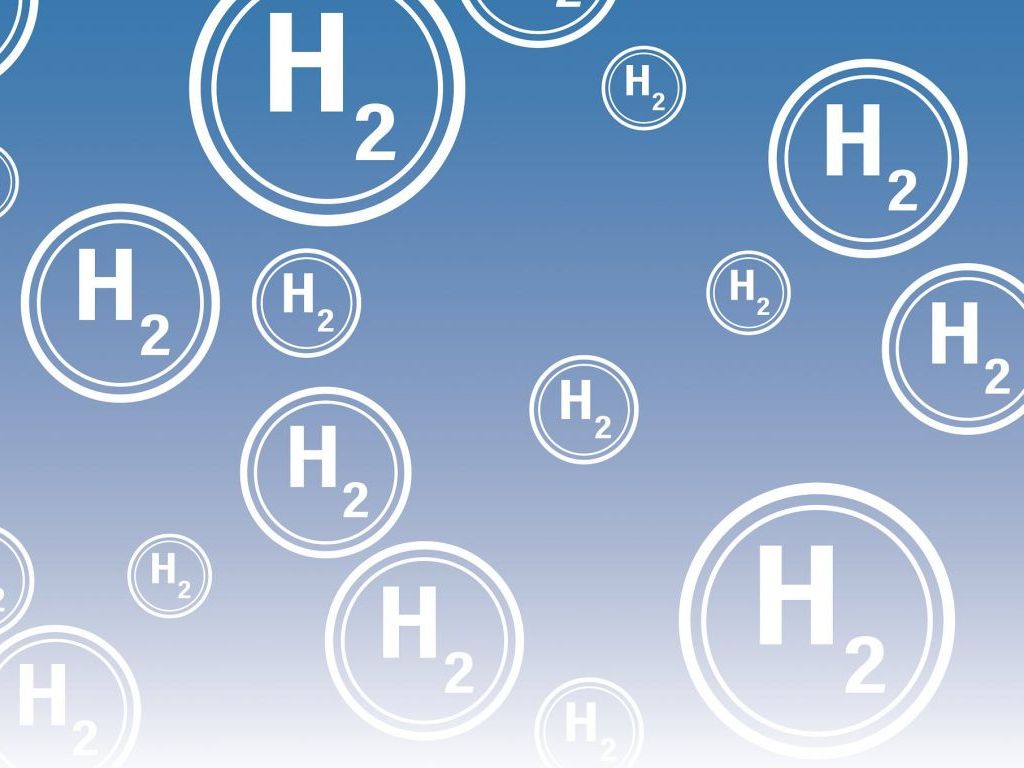Poland Presents Innovative Ecological Solutions in Transport – First Local Hydrogen Train Engine and Bus
Source: Promo
 Tuesday, 28.12.2021.
Tuesday, 28.12.2021.
 09:10
09:10
 Tuesday, 28.12.2021.
Tuesday, 28.12.2021.
 09:10
09:10
(Photo: akitada31/Pixabay)

SM42-6Dn, the prototype of the first Polish hydrogen-powered train engine, was perhaps the most expected premiere at the TRAKO 2021 rail industry meeting in Poland, held in September.
It is the result of the cooperation between the Polish manufacturer of rail vehicles PESA with the largest rail operator in the country, PKP SA, and the Polish state oil concern PKN Orlen.
The presentation of the first domestic train engine that uses a renewable “fuel of the future” was assessed by Prime Minister Mateusz Morawiecki as an event of crucial importance for the acceleration of the development of this kind of technology in Poland.
The SM42-6Dn train engine is a 4-axle switcher with traction engines 4x180kV and a hydrogen drive with zero emission of harmful matters.
The energy is produced by two hydrogen cells made by Ballard. A cell of 85 kV is in fact a system which generates voltage through a chemical reaction of hydrogen with the oxygen from the atmosphere. The hydrogen is stored in tanks of 175 kg, and one charging enables 24-hour operations of the switcher locomotive.
The locomotive is also equipped with an autonomous drive system, as well as an anti-collision system which recognizes obstacles.
The concept and the modern design of the locomotive are the work of constructors from the Polish city of Bydgoszcz (the seat of PESA), and the realization also involved numerous renowned local and foreign partners, such as the companies ABB, Ballard, Worthington, Luccini, Rawag, TSA and CADD.
Lech Lipinski, head of hydrogen projects at PESA, announced that, after the presentation of the prototype, the phases of testing and research were to follow, after which the locomotive should be put into operation in 2022 at the refinery in Plock.
Two years ago, PESA set rail transport with low emissions as the company’s main strategy and designed a new platform for passenger vehicles Pesa Regio160 based on electrical drives powered through an overhead contact line, batteries or hydrogen fuel cells, within which it also works on other projects of vehicles with low emissions.
According to the announcements, the first hydrogen-powered PESA passenger vehicle should be put into traffic at the turn between 2025 and 2026.
– PESA confirms the competence and the innovative character of the Polish industry. This locomotive is the beginning of the road for hydrogen trains to Polish passengers and another step on the path to a safe, comfortable and ecological Polish rail system – said Polish Infrastructure Minister Andrzej Adamczyk at the presentation of the locomotive and added that technologies in rail transport could be the key factor in reducing CO2 emissions.
(Photo: akitada31/Pixabay)

Another Polish giant, the famous bus manufacturer Autosan, founded back in 1832 and with an experience of 189 years and 114,500 vehicles produced, this October presented Sancity 12LF H, a bus designed on the basis of electric buses, with the lithium-titanate battery LTO IMPACT, with a capacity of up to 45 kWh, a DC charging system and a hydrogen cell of 70 kW.
The 12 meters long bus, with a capacity of up to 85 passengers, can travel for up to 400 kilometers on a single charge, using the hydrogen stored in the tanks on the roof of the vehicle and the photovoltaic modules on glass panels. The fuel is changed in a few minutes.
The vehicle is entirely without the emission of harmful gases, and the only matters that are emitted during a ride are water and steam.
It is also characterized by an extremely low level of noise, the full absence of vibrations and a hybrid heating system – a water unit, combined with convectors and heaters, which uses waste heat from the system for the cooling of engines and equipment for charging.
This bus also has a system of support to the driver on the road, a system of warning for passengers, cyclists and motorcyclists which uses the principle of “white noise”, a monitoring system for drivers which detects yawning and sleepiness, smoking and the use of a mobile phone, as well as an automatic system for putting out a fire in the engine.
As for ecological city buses, Autosan also offers Sancity 12LF CNG, a low-floor bus running on compressed natural gas, as well as Sancity 12FL E, an electric bus with Polish lithium-ion batteries with a capacity of 323 kWh, which can travel up to 350 km on a single charge, with zero harmful gas emissions, without smoke or vibrations, and also with a hybrid heating system and a “white noise” based warning system.
B. P.
Companies:
 Ambasada Republike Poljske Beograd
Ambasada Republike Poljske Beograd
Tags:
PESA
Autosan
Embassy of Poland in Belgrade
Government of Poland
Ministry of Infrastructure of Poland
PKP SA
PKN Orlen
ABB
Ballard
Worthington
Luccini
Rawag
TSA
CADD
Mateusz Morawiecki
Andrzej Adamczyk
Lech Lipinski
SM42 6Dn
Sancity 12LF H
Sancity 12LF CNG
Sancity 12FL E
hydrogen
fuel
locomotive
train engine
bus
lithium titanate battery
TRAKO 2021
passenger train
city buses
electric buses
gas buses
CNG
compressed natural gas
Comments
Your comment
Most Important News
Full information is available only to commercial users-subscribers and it is necessary to log in.
Follow the news, tenders, grants, legal regulations and reports on our portal.
Registracija na eKapiji vam omogućava pristup potpunim informacijama i dnevnom biltenu
Naš dnevni ekonomski bilten će stizati na vašu mejl adresu krajem svakog radnog dana. Bilteni su personalizovani prema interesovanjima svakog korisnika zasebno,
uz konsultacije sa našim ekspertima.


 Izdanje Srbija
Izdanje Srbija Serbische Ausgabe
Serbische Ausgabe Izdanje BiH
Izdanje BiH Izdanje Crna Gora
Izdanje Crna Gora


 News
News






